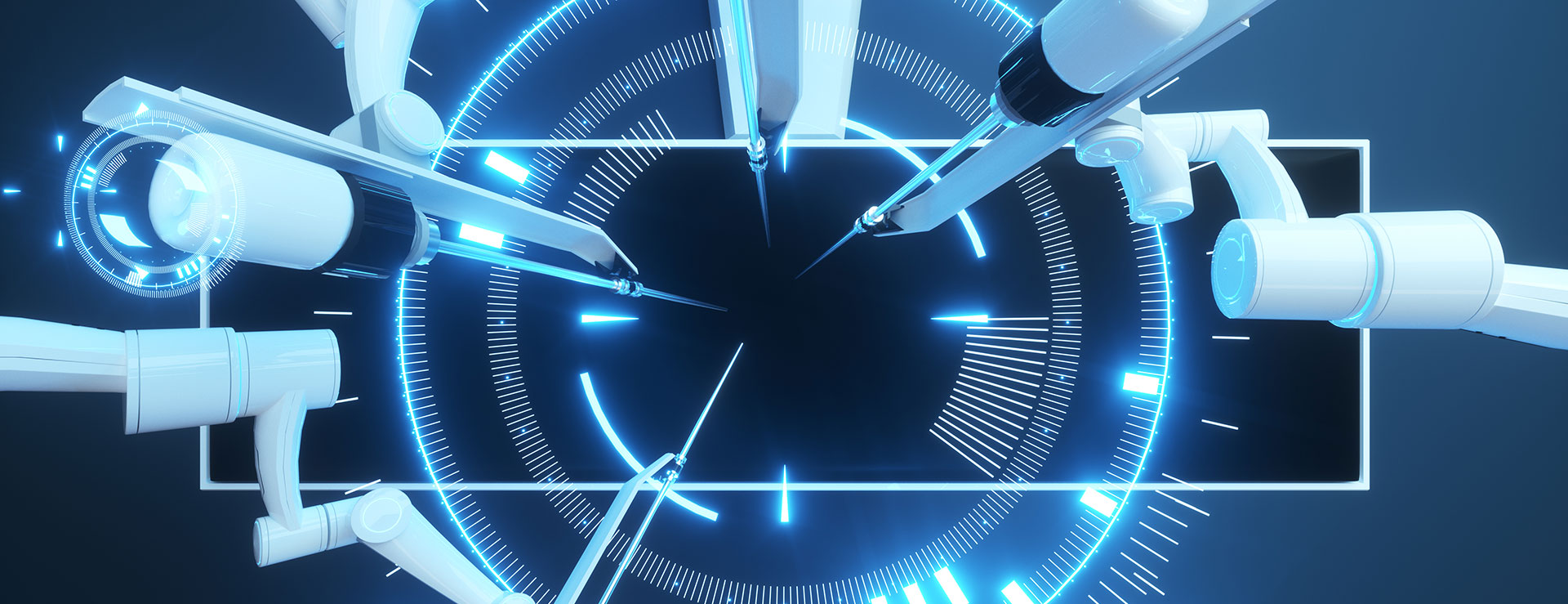Vattikuti Foundation
Specialties
The Vattikuti Foundation website offers information about robotic-assisted procedures representing the latest developments in minimally invasive surgical techniques. Robotic surgery provides surgeons with precision tools that use the same small incisions as conventional laparoscopy, but have the advantage of 3-D, magnified surgeon-controlled vision. Robotic-assisted procedures are used to treat various conditions covering several specialties listed below.



